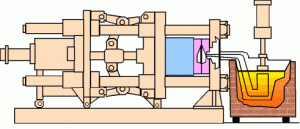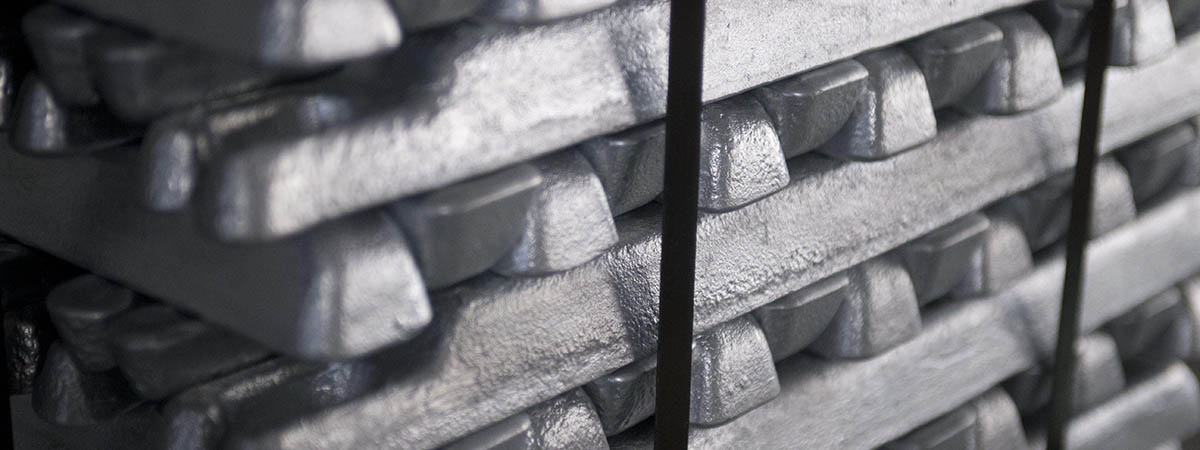Die casting is a precision manufacturing process in which molten metal is injected into a steel mold, or die, under high pressures typically ranging from 10 to 210 MPa (1,450 to 30,500 psi). This method produces components with excellent dimensional accuracy—often within 0.2% of the casting dimension—and a uniform, high-quality surface finish. For many applications, die casting eliminates the need for secondary machining, or at most, requires only minimal finishing to achieve final specifications.
There are two primary die casting methods: cold chamber and hot chamber processes.
Cold Chamber Die Casting
In the cold chamber process, molten metal is ladled into the injection chamber for each cycle. This minimizes the contact time between the molten metal and the chamber or plunger, reducing the risk of unwanted alloying. The cold chamber process is especially suitable for metals such as aluminum and copper (and their alloys), which can react with iron at elevated temperatures.

Hot Chamber Die Casting
In the hot chamber process, the pressure chamber is permanently immersed in the molten metal. As the plunger retracts, molten metal fills the chamber and is rapidly injected into the die cavity. This method is ideal for metals with lower melting points and high fluidity, such as zinc, tin, and lead, which do not readily alloy with steel at their melting temperatures. The hot chamber process typically allows for faster cycle times compared to the cold chamber method.

Die Construction and Limitations
Die casting molds, known as dies, are manufactured from hardened steel and represent a significant investment in both cost and lead time. Due to the high pressures and temperatures involved, only certain metals can be die cast. Stronger and harder metals, such as iron and steel, are not suitable for the die casting process.
